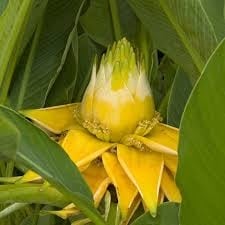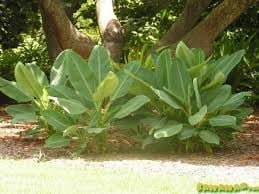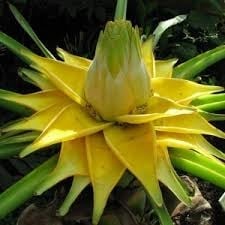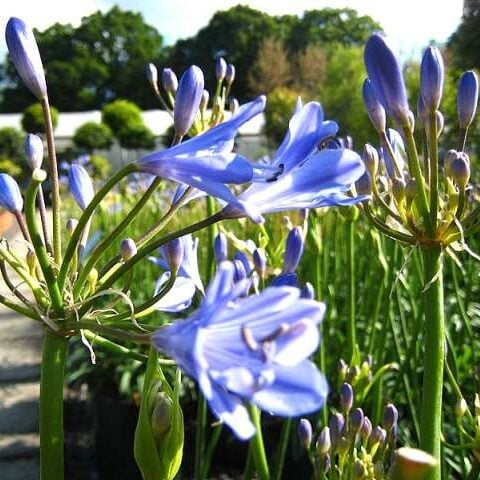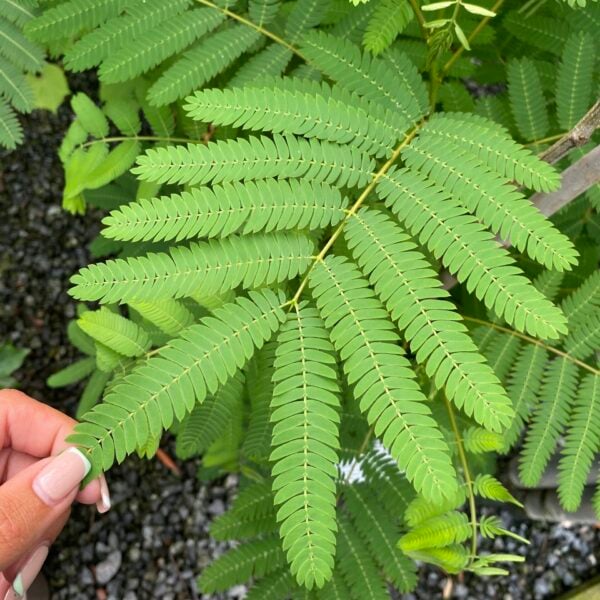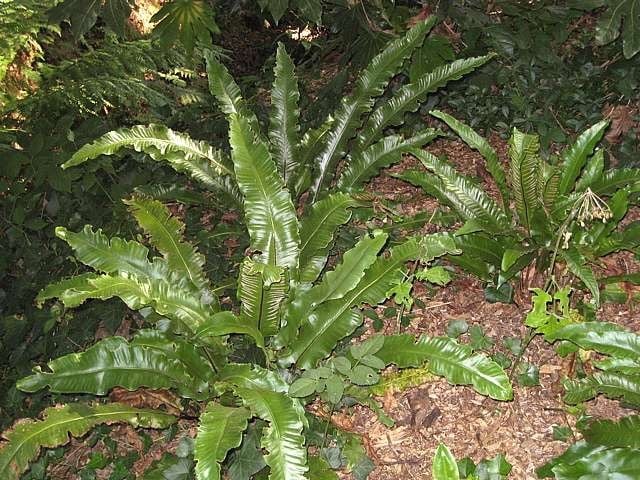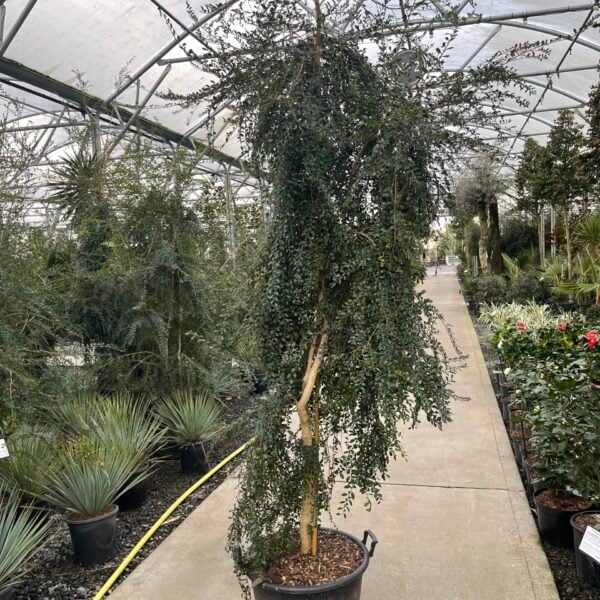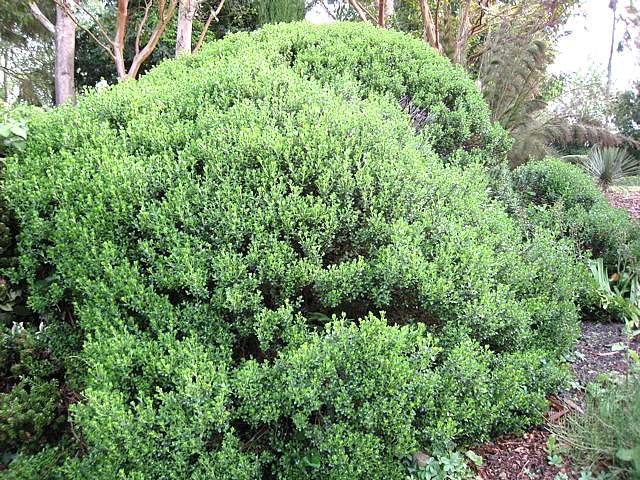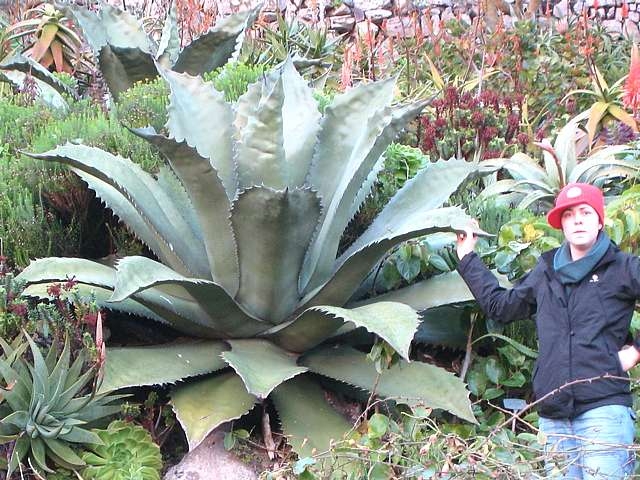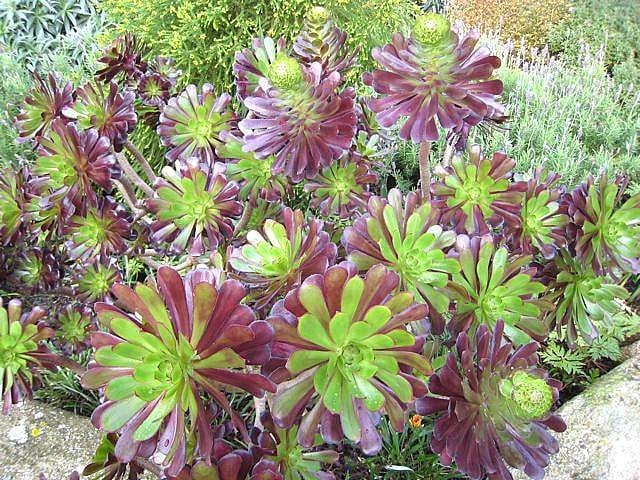Musella lasiocarpa (Golden Lotus)
It’s not a Lotus – more of a dwarf Banana with Lotus-like flowers. For the lover of well behaved exotics. Please contact us for stock availability and sizes.

Hardiness level Red
These grow to very high altitude (8,000ft) in Yunnan Province, southern China in an area where a number of our plants hail from that have proved perfectly hardy (notably Osmanthus yunnanensis and Magnolia delavayi). Does this mean we can grow this outside in Sussex? Possibly. All we can say is that they remain happy in our unheated greenhouses for the winter (same temperature as outside but no wind or rain) although we do chop some of the leaves off if they look unhappy.
This is really a dwarf, high altitude banana plant with extraordinary yellow flowers. It's also a clumper (several stems from one plant) and so one plant in a large pot can produce several flowers in a season.
Try it outside by all means (and tell us all about it) but generally the advice in Britain would be to keep it a nice big pot - outside for the summer and shed/greenhouse/conservatory for the winter.
It's susceptible to Red Spider Mite on the underneath of the leaves. Remove and burn leaves if badly infested or treat with soapy sponge under leaves or use Biological Control
Propagated by us by division
Additional Information |
|
|---|---|
| Soil Type | |
| Light | |
| Plant Type | |
| Continent of Origin | |
| Specialist Plants | Grown by Us, House Plants/ Indoor Plants, Rare & Unusual (Collectables) |
| Situation | Conservatories, Mild City Gardens, Plants for Pots, Sheltered Garden |
| Flower Colour | |
| Hardiness | |




